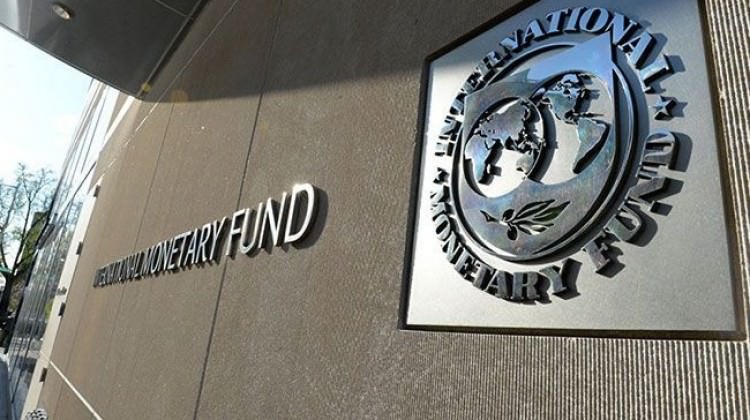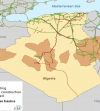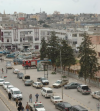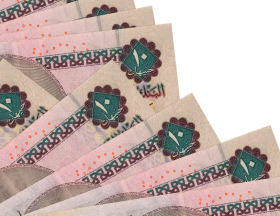Since the start of the year, the Middle East and Central Asia region has made good progress and the recovery is underway, despite new outbreaks of COVID. This recovery is uneven and incomplete, however, and has not yet fully taken root across the region. In addition, the general environment remains uncertain and new challenges are emerging.
Uncertain outlook
According to our projections, the GDP of the countries of the Middle East and North Africa (MENA) will increase by 4.1% in 2021 and in 2022, after contracting by 3.2% in 2020. Real growth GDP in the Caucasus and Central Asia (CAC) region would be 4.3% this year and 4.1% in 2022, after a contraction of 2.2% in 2020. This is a clear improvement compared to the sharp decline recorded last year.
Yet the recovery is mixed, and immunization is progressing very differently from country to country, with low-income countries and fragile and conflict-affected countries advancing slowly. Looking ahead, concerns persist about the economic legacy and divergent prospects for recovery: over the medium term, real GDP is expected to remain below pre-crisis projections by around 2½% in the MENA region and 7% in the region. CAC. Countries that have started their recovery faster will experience smaller production losses. At the same time, the recovery in employment remains weak and rising inflation is reducing the possibilities of using monetary policy to stimulate growth.
In addition, the risk factors have worsened: new waves of the pandemic fueling uncertainty; delays in vaccination; tighter global financial conditions; social unrest and geopolitical risks; and climatic shocks.
New difficulties are emerging
Inequalities are growing as young people, women and migrant workers pay a higher price in the crisis, as do small businesses. In response to these challenges, our new edition of the Regional Economic Outlook presents a detailed analysis of two key issues for the region: the state of labor markets and the impact of the pandemic on the business sector. The regional unemployment rate has worsened over the past year, especially in industries relying on physical contact.
The average unemployment rate in the Middle East and Central Asia region reached 10.7% in 2020, well above rates seen in other recent crises. We have looked at the full range of employment challenges in the region and recommend measures to improve the situation, especially for women and young people, by enhancing growth and ensuring that labor markets. work respond more to growth. We also assessed the impact of the crisis on the region’s business sector, and concluded in our report that they are not all experiencing the same recovery, as the sector has returned to pre-pandemic levels.
In particular, smaller companies and those in industries relying on physical contact are lagging behind, while companies with sufficient digital connectivity and those with strong fundamentals before the crisis have been able to partially cushion the impact of the pandemic.
Public policy trade-offs to build a transformative recovery
With limited policy space, countries will have to make difficult trade-offs to recover from the pandemic. The top priority remains to accelerate the procurement and distribution of vaccines, especially in low-income countries, which will require strong global and regional cooperation. In the meantime, the support measures must favor the vulnerable groups, and when the time comes, the withdrawal of these measures should be gradual and accompanied by careful communication. If inflation persists, central banks may need to raise interest rates to avoid a loss of anchoring in inflation expectations.
Policy frameworks should be improved to limit trade-offs and strengthen credibility. For example, any rebalancing of public finances must be part of a realistic medium-term fiscal plan that clearly ensures debt sustainability.
The current situation could also signal the start of a transformation in the region, which could envision a more inclusive, resilient and greener future.
We must welcome the fact that several countries plan to invest in the future by refocusing the role of the State on health education, by expanding social protection mechanisms and by promoting digital technology and technologies adapted to climate change. The IMF continues to work closely with countries in the region, providing them with technical assistance and advice, as well as loans to the tune of $ 20 billion since the crisis began.
The IMF has also allocated Special Drawing Rights in the amount of $ 49.3 billion to the region to supplement its reserve assets, a move that will help countries make difficult trade-offs and accelerate their recovery.
Source The IMF











Réagissez à cet article